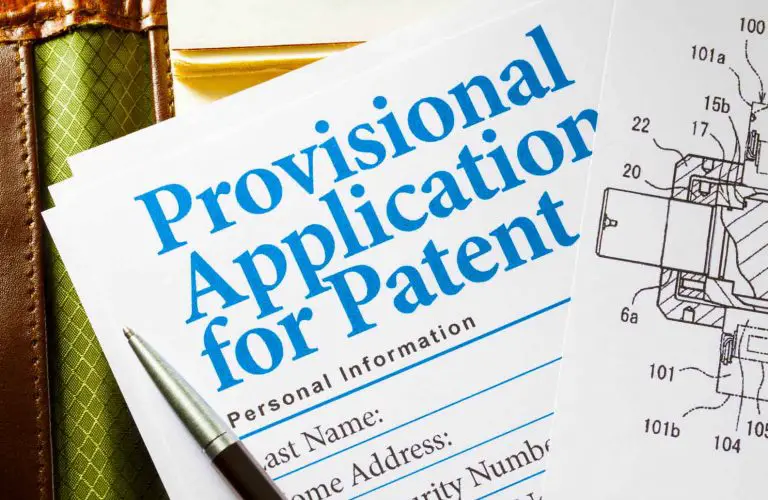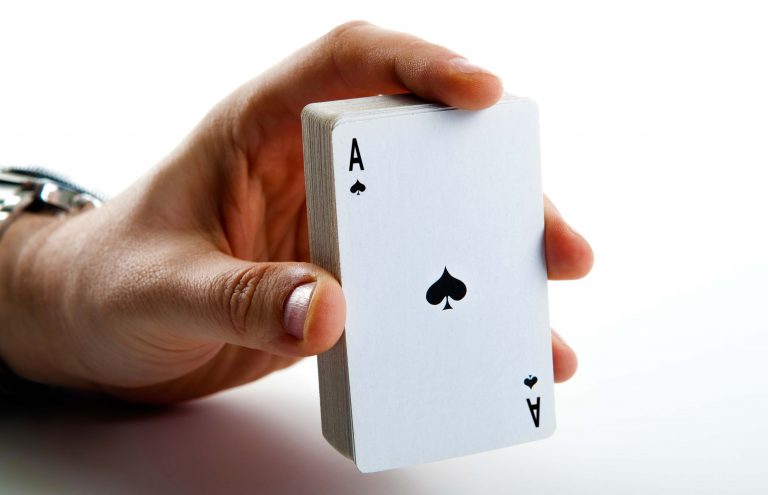What Does a Design Patent Protect?
The USPTO (The United States Patent and Trademark Office) issues design patents to inventors of new designs. Design patents allow inventors to stop others from using, making, and selling the design for a limited period of time. For design patents, this limited period of time lasts for 15 years from the date the patent office grants a design patent.
What Does a Design Patent Protect?
According to the USPTO, a design patent protects the aesthetics or appearance of an object. Unlike utility patents that protect how an invention works, design patents protect how an item looks. Inventors often seek design patents to stop others from copying their designs and passing them off as their own.
So, what’s the difference between design patents and utility patents? Design patents protect how an item looks and the aesthetics of a nonfunction item. Utility patents, on the other hand, protect the functional aspects of an invention and how the invention works.
The patent office does not all inventors to protect the functional aspects of an invention using a design patent. Design patents can only be used to protect the ornamental appearance of objects that are nonfunctional.
It’s important to note that design patents last for 15 years from the date the patent office grants the design patents. This is different from the 20-year patent term for utility patents.
Design patents have gained value in recent times, but utility patents are still superior because they’re much broader than design patents. While a party may be able to design around your design patent, it’s much harder for them to design around a utility patent because utility patents protect how an invention works.
That said, obtaining both a utility patent and a design patent on an invention is permitted by the USPTO. Having multiple layers of intellectual property (IP) protection makes your invention or product or more valuable. So, if your invention is eligible for both a utility patent a design patent, ask your attorney about obtaining both forms of protection.
What Does a Design Patent Do?
A design patent allows an inventor to stop others from using, making, selling, offering to sell, and importing the patented design to the United States for 15 years. The 15-year design patent term starts when the patent office grants a design patent application.
For example, if you have a design patent over the appearance of a purse, you will be able to stop others from making and selling a purse with the same design. This allows the patent holder to stop others from copying and profiting from their design for 15 years. At the end of the 15-year patent term, the patented design becomes part of the public domain, which basically means that anyone can copy and use the design without having to obtain the consent of the patent holder.
How Long Does a Design Patent Last?
As previously mentioned, a design patent lasts for 15 years from the date the patent office grants an inventor’s design patent application. An applicant for a design patent will not be able to stop others from making, using, and selling the patented design until the patent office grants his application.
Before the patent office grants an applicant’s application, there is no patent to enforce. So, if you’re applying for a design patent, you should be aware that your rights under patent law don’t kick in until the patent office grants your patent application.
What Qualifies For a Design Patent?
For a design to qualify for a design patent, it must be purely aesthetic, meaning that it is not functional, it has to be for decorative purposes only. Also, the design must be new and unique, something different than anything that’s been published or previously patented. The last requirement is that the design must be attached to an object. If an inventor of a design can satisfy these requirements, he may be able to obtain a design patent over his design.
Cost of Obtaining a Design Patent
The cost of obtaining a patent is probably one of the biggest investment decisions that an inventor has to make. Patenting a design is not cheap in the United States, often costing inventors anywhere between $1,900 to $5,100.
The majority of the cost associated with patenting a design comes from paying an attorney to prepare and file a design patent application. Some applicants choose to prepare and file their design patent applications on their own, however, the patent office discourages inventors from preparing their own patent application because the requirements are strict and making even minor mistakes can get your patent application rejected, costing you more time and money down the road to remedy the problem.
Here is the breakdown of the costs of obtaining a design patent:
- USPTO Filing Fees: $50 to $200
- USPTO Search Fees: $40 to $160
- USPTO Examination Fees: $150 to $600
- Maintenance Fees: Not Applicable to Design Patents
- Attorneys Fees: $1,500 to $3,500
Obtaining Both a Design Patent and a Utility
Some inventions can be protected by both a design patent and a utility patent. For example, if you have an invention that performs some function, you can file a utility patent to protect that functional aspect of it. If the same invention has a new and unique design, you can apply for a design patent to protect the appearance of the invention. To obtain both forms of protection, you have to file two separate patent applications: a utility patent application and a design patent application.
Having both forms of IP protection makes it more valuable because the utility patent will protect how the invention works from being copied and the design patent protects how the invention looks. So, you’re protecting both parts of your invention from being copied, making your invention more valuable to you as an inventor and to the party you may be selling or licensing your patent to.
Many inventors choose to apply for utility patents in addition to design patents because design patents only protect how an invention looks, some copycats copy the function of a product and make changes to the appearance to make it seem different. There is where applying for a utility patent comes in. Even if a copycat changes the appearance of a product, if the product functions the same, utility patents allow inventors to stop them from making and selling the infringing product even if it looks different. So, there are some advantages to applying for both types of patents.
Enforcing a Design Patent
If you’ve finally patented your design, don’t rest just yet because it up to the patent holder to stop infringers from copying his invention. The patent office only grants a design patent, it does not enforce them. So, if someone copies the design that you just spent so much money patenting, it’s your job to go out, look for products that infringe upon your patent, and ask them to stop from copying your design.
If the party infringing upon your design does not seize copying it or selling it, you have the option of bringing a lawsuit against them in federal court for patent infringement. If your lawsuit is successful, you may obtain a court order asking the infringing party to cease its infringing activities.
What Do Design Patents Protect?
By now, you should be aware that design patents protect how an invention or product looks. Design patents do not protect how an invention works or the functional aspects of an invention.
An inventor who has an invention may be able to file both a utility patent and a design patent. The utility patent would protect the functional aspects of the invention and the design patent will protect the appearance of the invention.
Design patents last for 15 years from the date the patent office grants an applicant design patent application. Hopefully, you have a better understanding of what a design patent protects. If you have any general questions or comments, please feel free to leave them in the comments section below.








